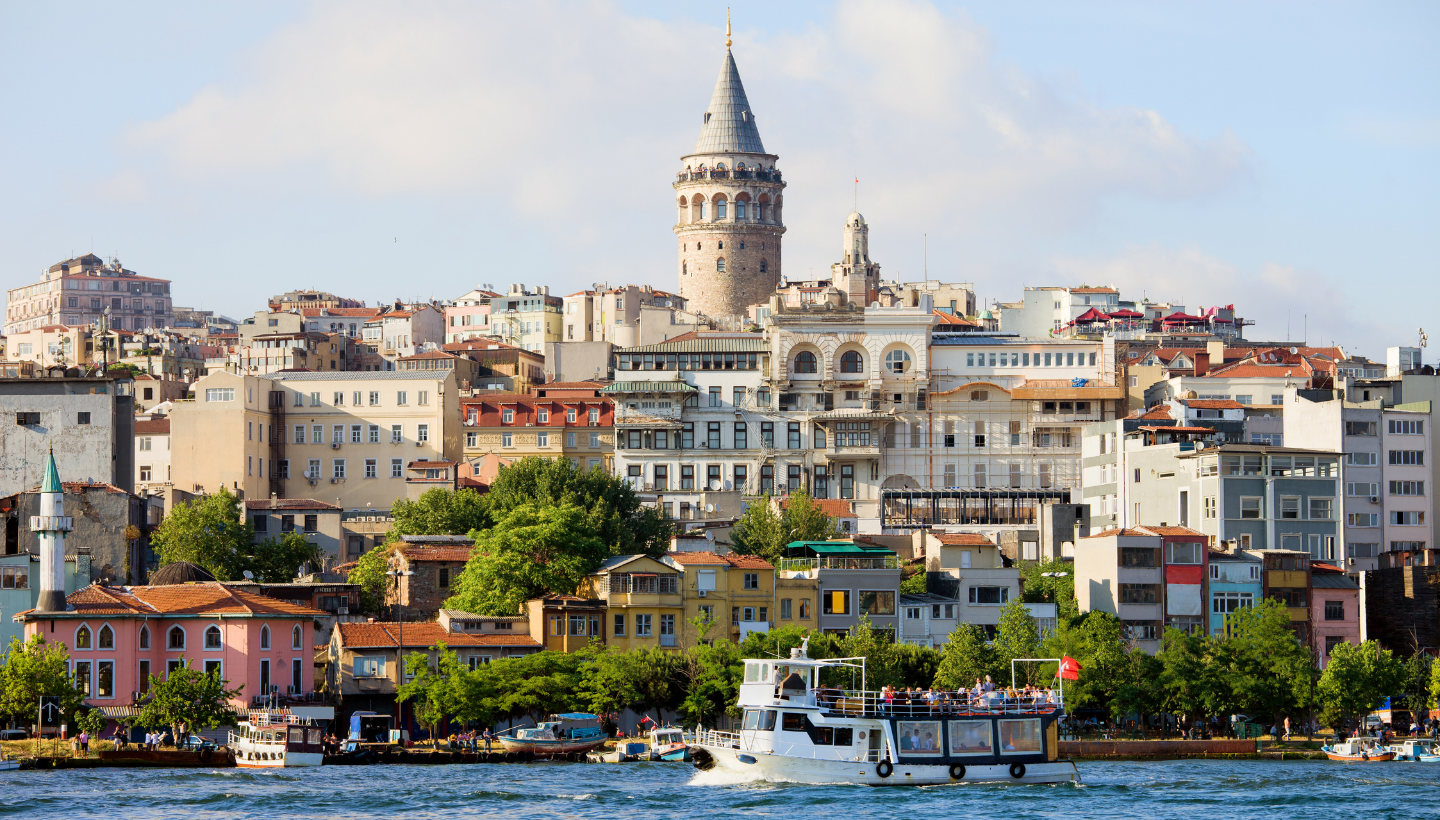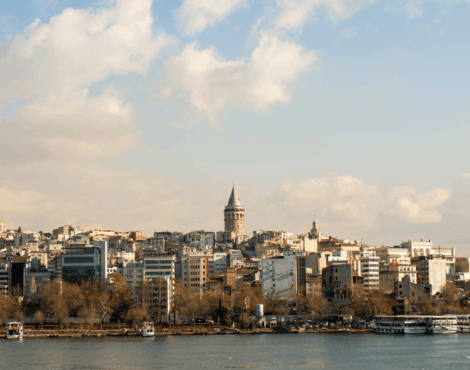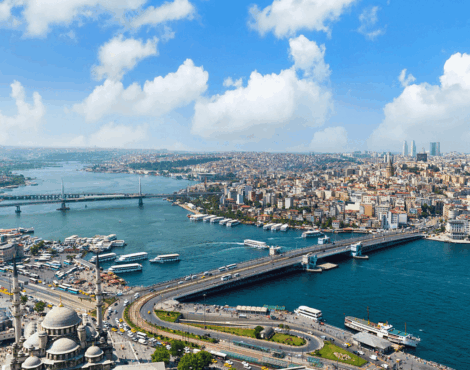The historical peninsula of Istanbul, also known as the Old City, holds a significant place in the city’s rich history. This area is home to many of the most famous landmarks, embodying centuries of cultural and historical heritage. From the ancient times of Byzantium to the grandeur of the Ottoman Empire, the history of Istanbul’s old city offers a captivating journey through time.
A Glimpse into the Past: The History of Istanbul’s Old City
The historical peninsula, also referred to as Sultanahmet, is the core of Istanbul’s historical and cultural identity. Positioned between the Golden Horn and the Sea of Marmara, this area was once the heart of two of the world’s greatest empires – the Byzantine Empire and the Ottoman Empire.
Istanbul, originally known as Byzantium, was founded as a Greek colony in the 7th century BC. However, its strategic location between Europe and Asia transformed it into a thriving metropolis. In 330 AD, the Roman Emperor Constantine the Great declared Byzantium the new capital of the Roman Empire, renaming it Constantinople. This marked the beginning of a new era for the city, where it became a center of Christianity and a hub for trade and culture.
Byzantine and Ottoman Legacies
The Byzantine Empire left a lasting imprint on the historical peninsula. Iconic structures such as the Hagia Sophia, which served as a cathedral for almost 1,000 years, are a testament to the city’s importance during this era. The Hagia Sophia was the world’s largest cathedral at its completion in 537 AD, symbolizing the power and influence of the Byzantine Empire.
In 1453, Constantinople was conquered by Sultan Mehmed II, marking the beginning of the Ottoman era. This conquest transformed the city once again, and it was renamed Istanbul. The Ottomans added their architectural and cultural flair to the historical peninsula, building grand structures like the Blue Mosque (Sultanahmet Mosque), Topkapi Palace, and the Grand Bazaar. These landmarks remain popular tourist attractions today, drawing visitors from all over the world to discover the legacy of the Ottomans.
The Historical Peninsula’s Modern Influence
The history of Istanbul’s old city is not only about its glorious past but also its continued influence on modern Istanbul. The historical peninsula serves as a reminder of the city’s diverse cultural layers, where ancient walls and palaces coexist with bustling markets and vibrant neighborhoods. Sultanahmet Square, for instance, is a gathering place for both locals and tourists, surrounded by historic landmarks that have shaped the city’s identity.
Today, the historical peninsula remains one of the most visited areas of Istanbul, offering a unique blend of history and modern life. Walking through its streets, visitors can explore not only the major sites but also the lesser-known corners that offer glimpses into the daily life of the city’s past. From the small, quiet courtyards of old Ottoman houses to the lively streets of the Grand Bazaar, the old city is filled with stories waiting to be discovered.
Must-Visit Sites in the Historical Peninsula
No visit to the historical peninsula is complete without exploring its iconic landmarks. Some of the must-visit sites include:
- Hagia Sophia: Once a cathedral, later a mosque, and now a museum, Hagia Sophia is a symbol of the city’s complex history.
- Blue Mosque: Known for its stunning blue tiles, this mosque remains an active place of worship and a key part of Istanbul’s skyline.
- Topkapi Palace: The primary residence of Ottoman sultans for centuries, this palace offers a glimpse into the opulent lifestyle of the Ottoman elite.
- Basilica Cistern: This underground marvel from the Byzantine era was once a water reservoir and is now a popular tourist attraction.
- Grand Bazaar: One of the largest and oldest covered markets in the world, the Grand Bazaar is a shopper’s paradise with thousands of shops offering everything from carpets to jewelry.
A Journey Through Time
The historical peninsula of Istanbul is not just a collection of ancient monuments – it is a living testament to the city’s enduring significance in world history. Whether you are fascinated by the grandeur of Byzantine architecture or the elegance of Ottoman design, the history of Istanbul’s old city offers something for everyone. Exploring this area is like stepping back in time, where every corner has a story to tell.
For those seeking to uncover the layers of history in Istanbul, the historical peninsula is the perfect place to start. It remains an essential destination for anyone looking to experience the cultural and historical heart of this incredible city.





